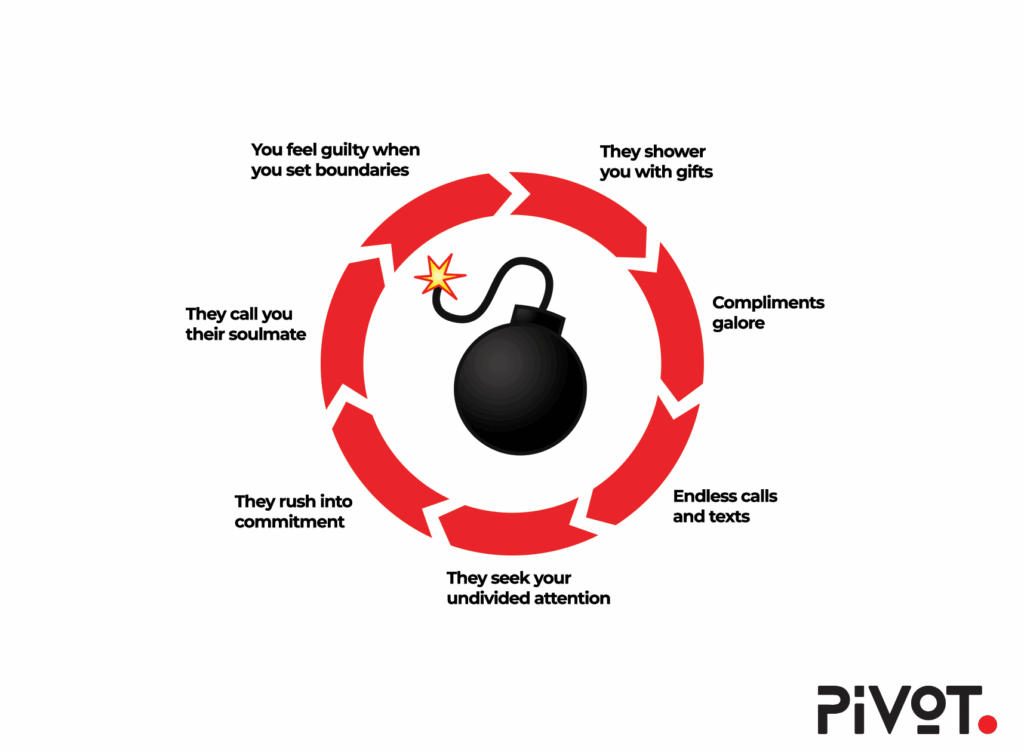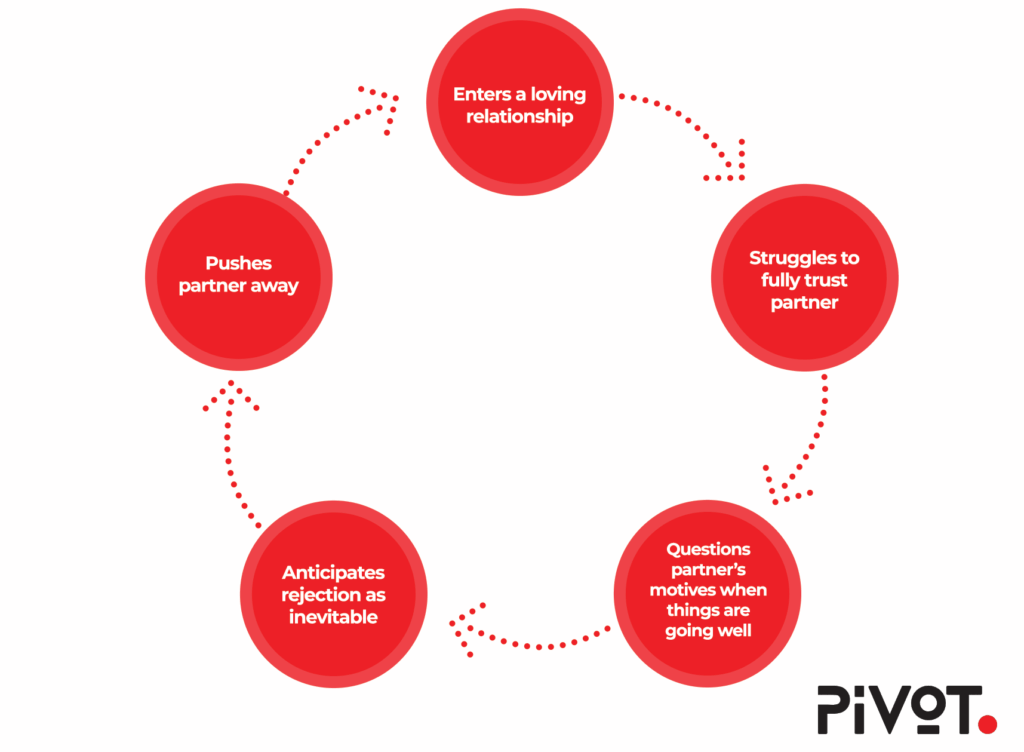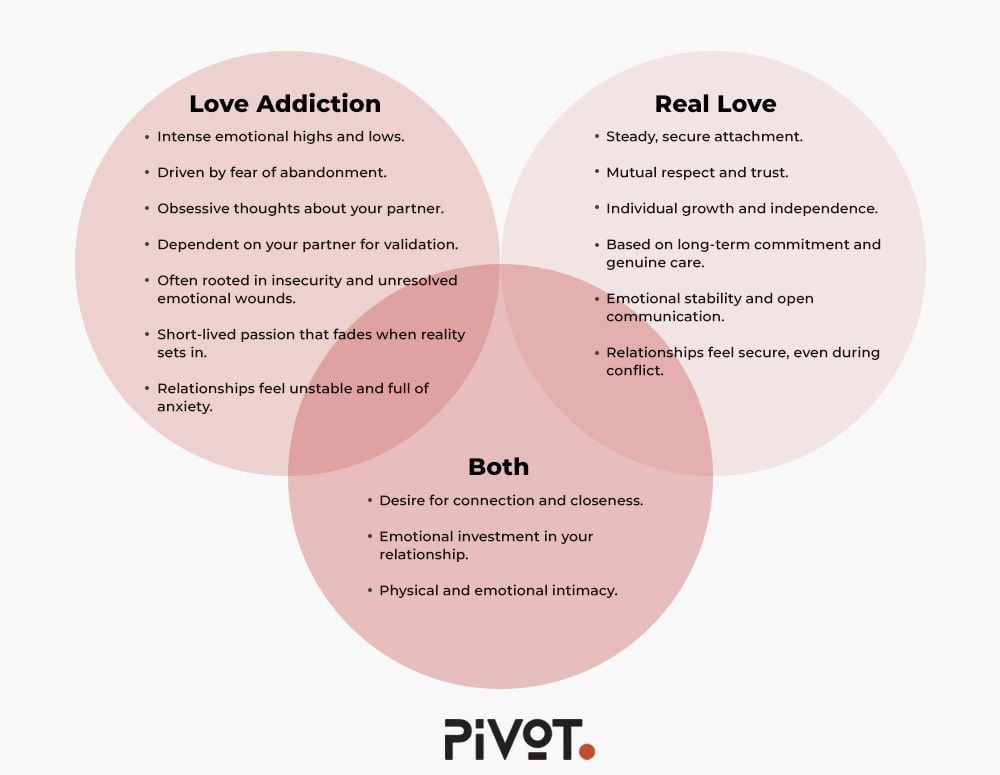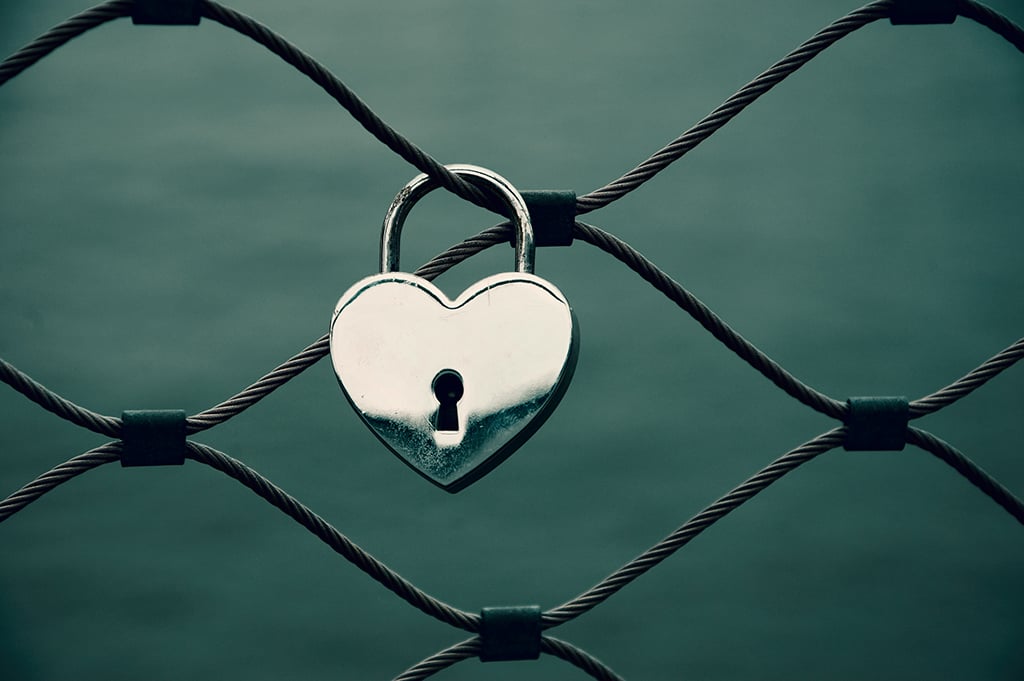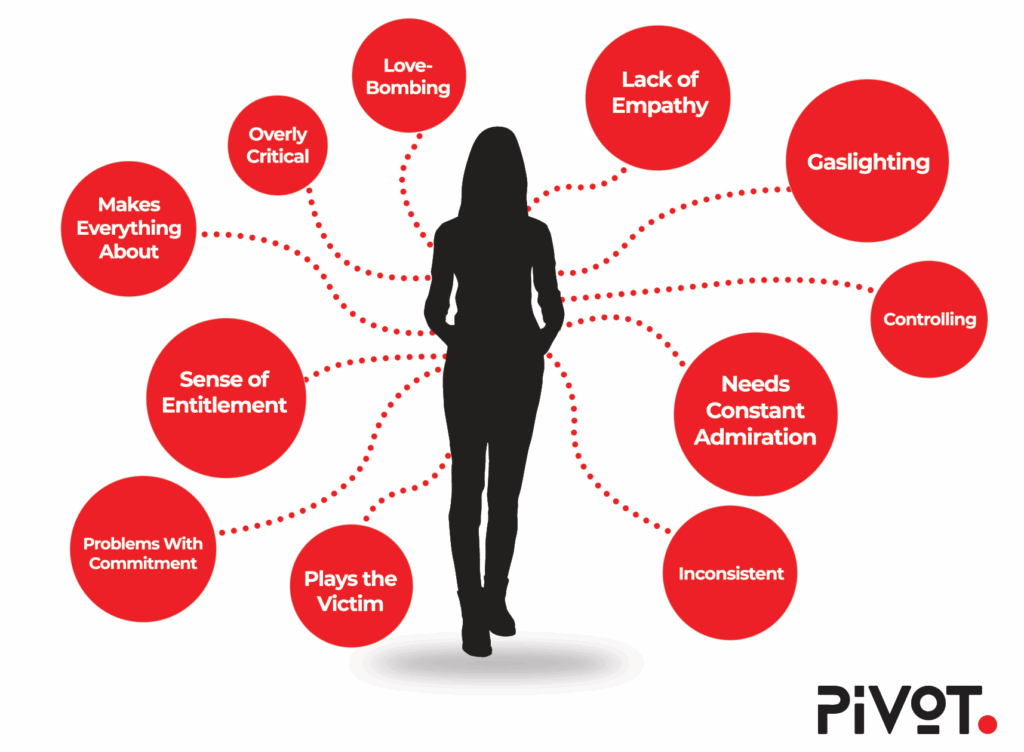When love addiction and narcissism intersect, it’s likely that a dysfunctional and imbalanced relationship will occur. Like a dramatic, passionate dance, this pairing is ruled by widely fluctuating emotional undercurrents that destabilize the relationship.
While a narcissistic partner pushes their needs to a fault, their love-addicted counterpart often sets their own needs aside to please their partner and preserve the relationship. Despite this, the narcissistic partner remains angry and unhappy. They gain the upper hand, and a power differential is established. Without targeted intervention, this struggle may continue indefinitely.
If this sounds like you, there is hope. We’ve put together a hub of resources for you as a place to start. And if you are ready to start working on your relationship in a deeper way, PIVOT offers relationship coaching to help you both communicate more clearly, unpack past traumas and unhealthy coping mechanisms, and break the toxic cycles in your relationship.
Love Addiction and Narcissism Resources
Recovery From Love Addiction Is Within Reach

Despite the romanticized label, love addiction is a painful behavior pattern that traps sufferers in a cycle of instability. Rather than forming secure and steady attachments in relationships, a love-addicted partner attaches insecurely due to unresolved emotional wounds and childhood traumas. Though looking for real love, they often choose inappropriate or unavailable partners, thereby perpetuating the cycle and their own emotional misery.
If you see these patterns in your own life and relationships, there is reason for optimism. With the proper support, you can improve your relationship dynamics and find a pathway to secure and stable attachments.
Resources on Recovery From Love Addiction
Breaking Free From Narcissistic Abuse

It is unquestionably difficult to have a healthy relationship with a narcissistic partner. Though their actions may be abusive, it is necessary to keep in mind that these come from a place of significant pain—their arrogance and superiority camouflage deep-seated insecurity and low self-esteem. The development of narcissistic characteristics often involves aspects of both nature and nurture.
If you are in a relationship with a narcissistic partner or you see characteristics of narcissism in your behavior, healing is possible. Both partners can benefit from relationship coaching that addresses the origins of this behavior pattern and provides proactive strategies to replace harmful choices with healthier ones.
Resources for Breaking Free From Narcissistic Abuse
| Recognizing the Signs of a Narcissistic Partner | Narcissistic Love Bombing: All You Need to Know |
| Love Bombing Explained | How to Break the Cycle of Narcissistic Abuse |
| The Effects of Narcissistic Abuse: How to Heal & Find Happiness | Narcissistic Retreat |
End Toxic Patterns With Relationship Coaching
Does the clash between love addiction and narcissism resonate with your experience? Do you see yourself and your partner in these roles? We know how devastating and exhausting it can be to deal with these challenges. If you feel drained and hopeless, know that healing is possible and you aren’t alone.
The PIVOT process was designed specifically for healing this type of dysfunctional relationship. It meets each partner where they are and holds up a mirror. Only by looking back at the influences and relationships that have shaped you can you begin to find a way forward.
The PIVOT difference involves pairing each partner with their own coach to help you come to terms with your past and understand how it impacts your present and potentially limits your future happiness. This provides twice the expertise and personal coaching power of the average relationship coaching process. We have helped many couples overcome even the toughest of obstacles and build bridges to happy, healthy relationships.
Transform Your Relationships With PIVOT
PIVOT offers relationship coaching for those struggling with love addiction and narcissism. Our expertise in sorting the complexities of these challenges is unparalleled in our industry. Reach out to begin your journey to a healthier, happier life. You can reach us at 1-855-452-0707.



